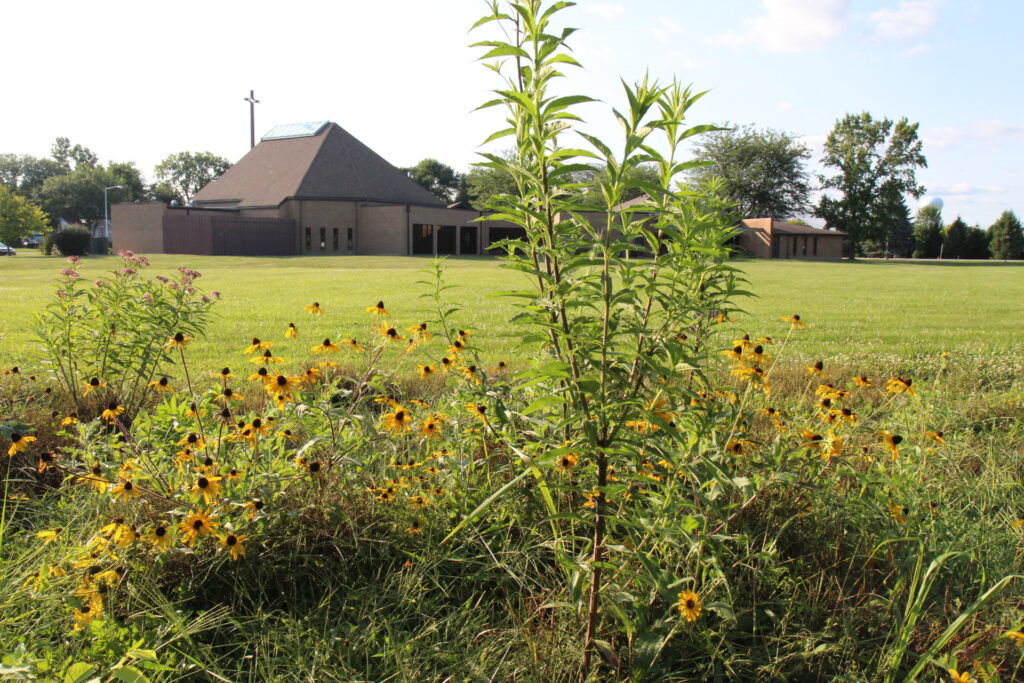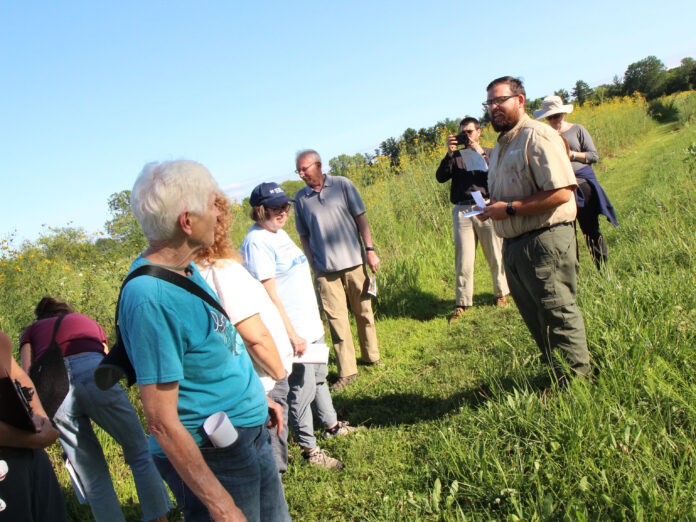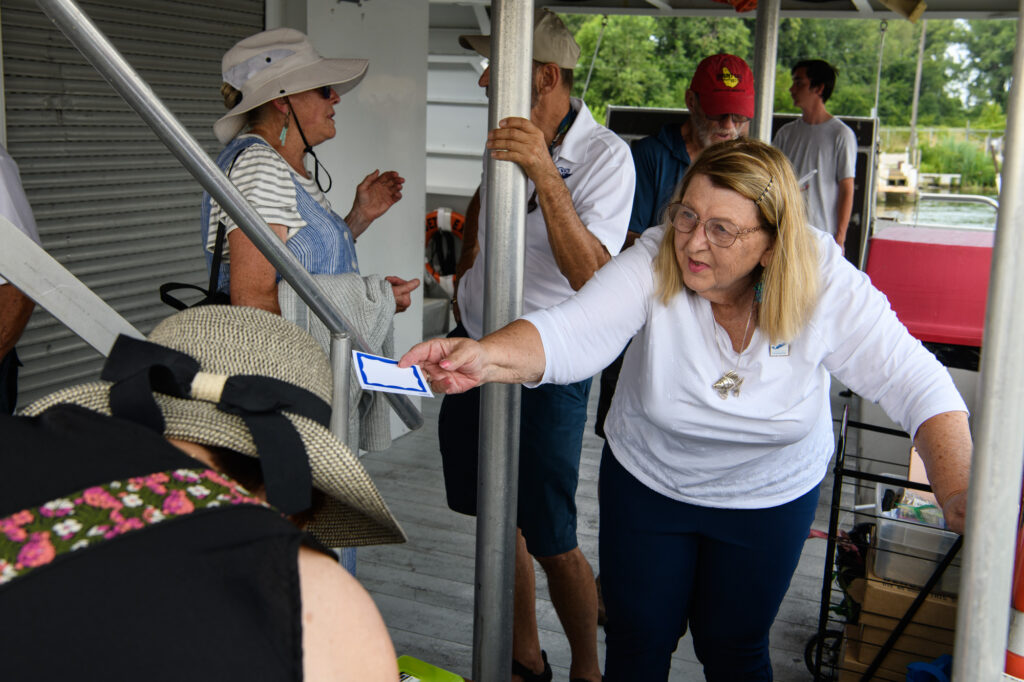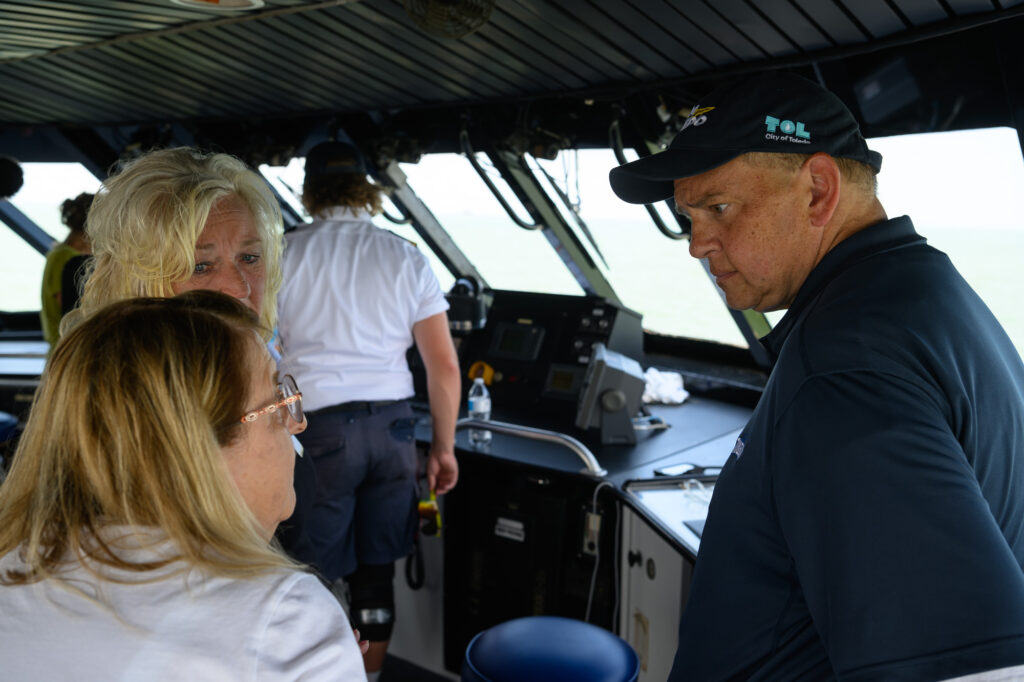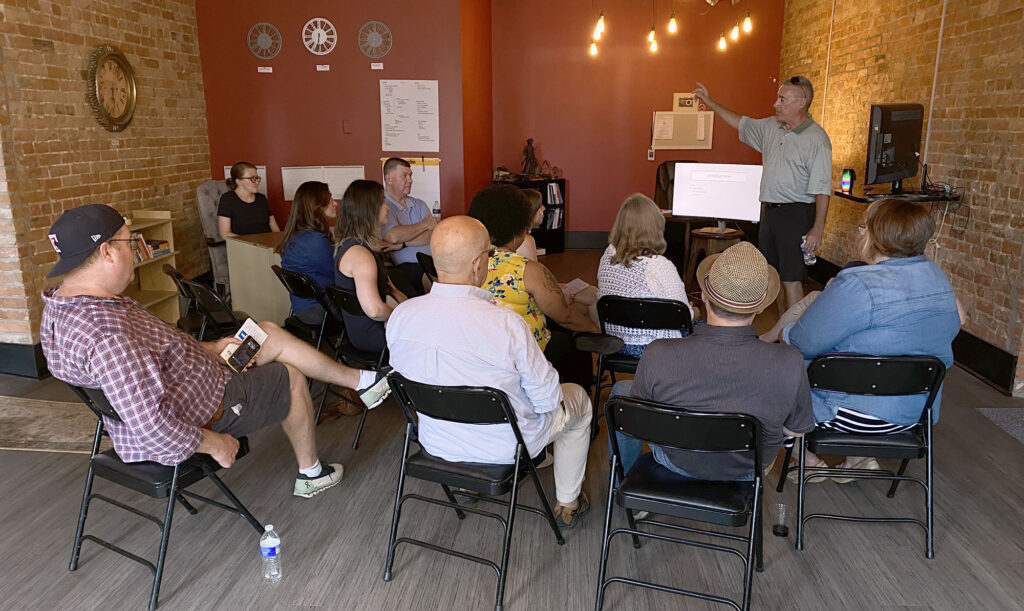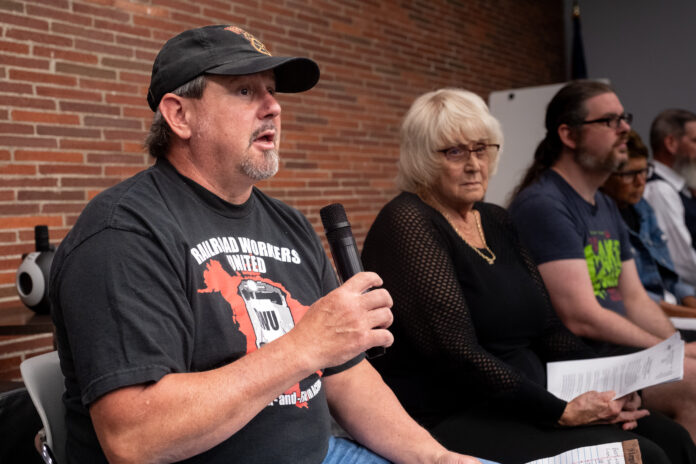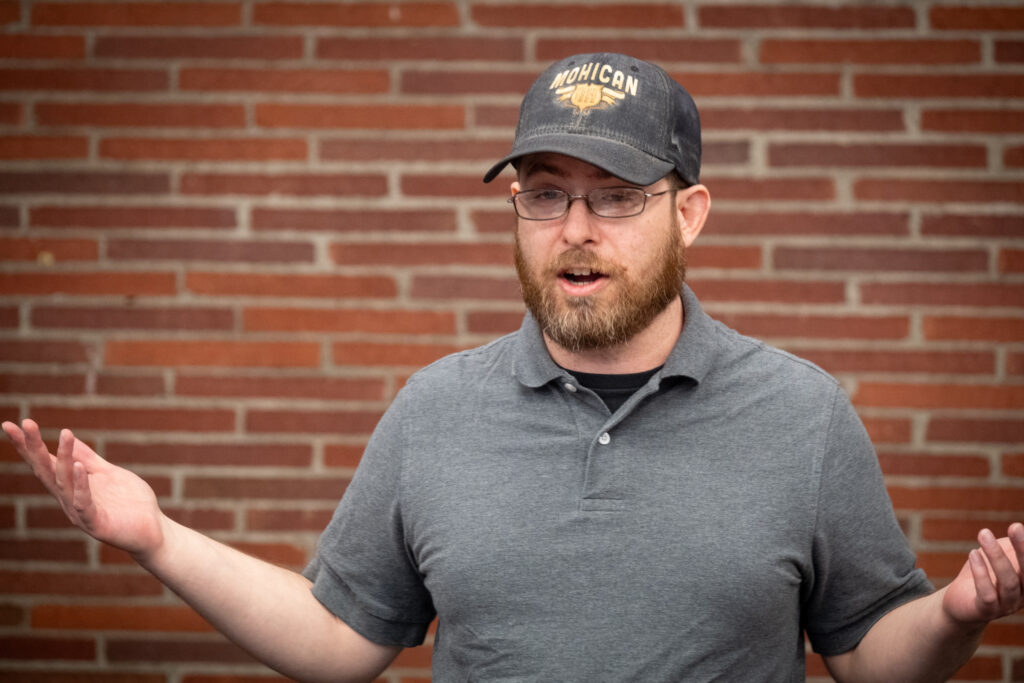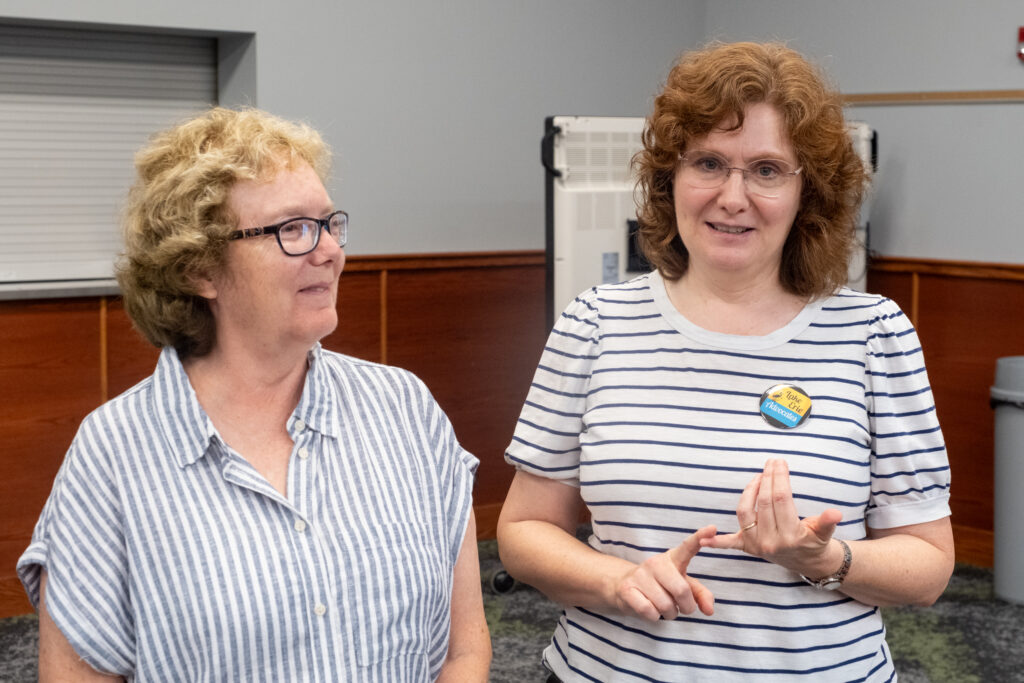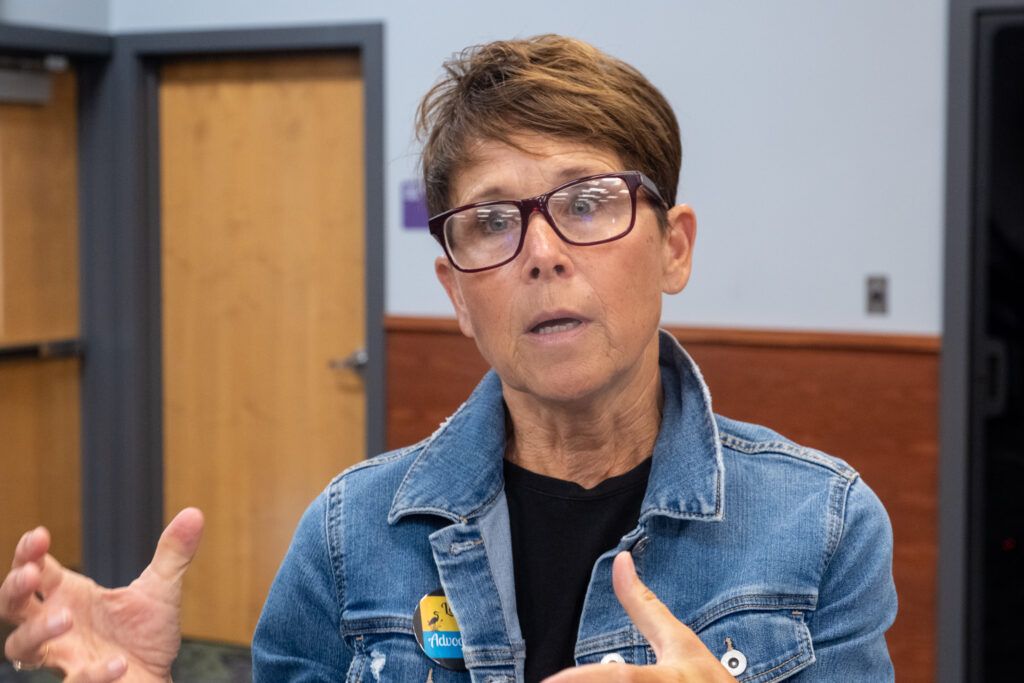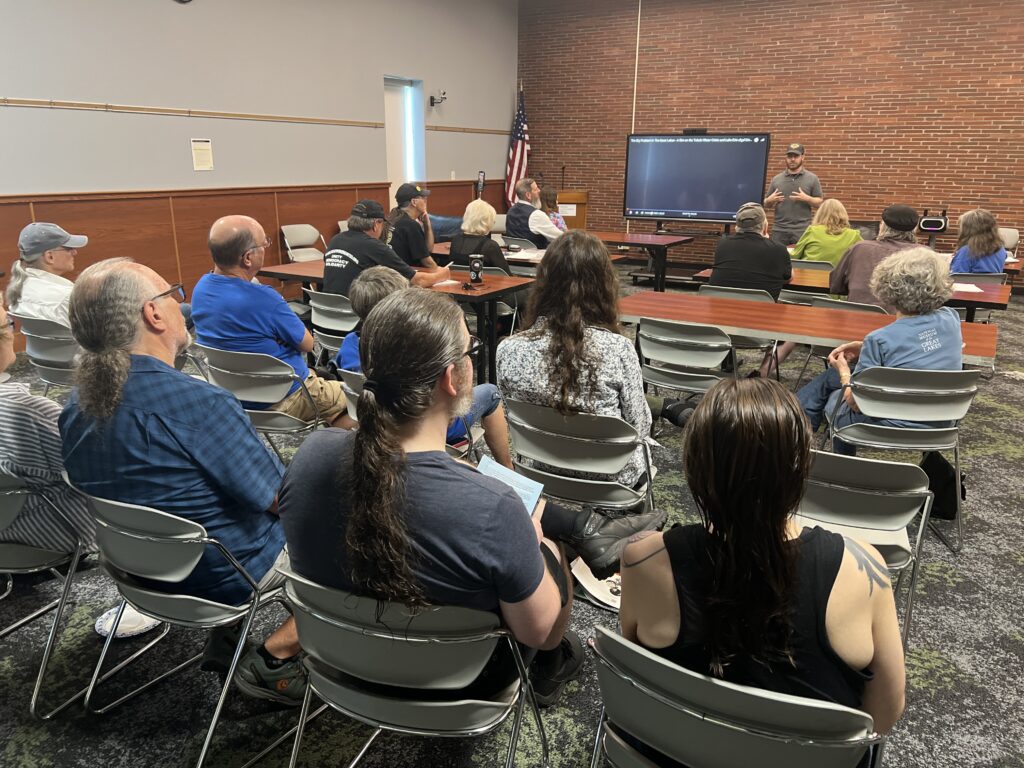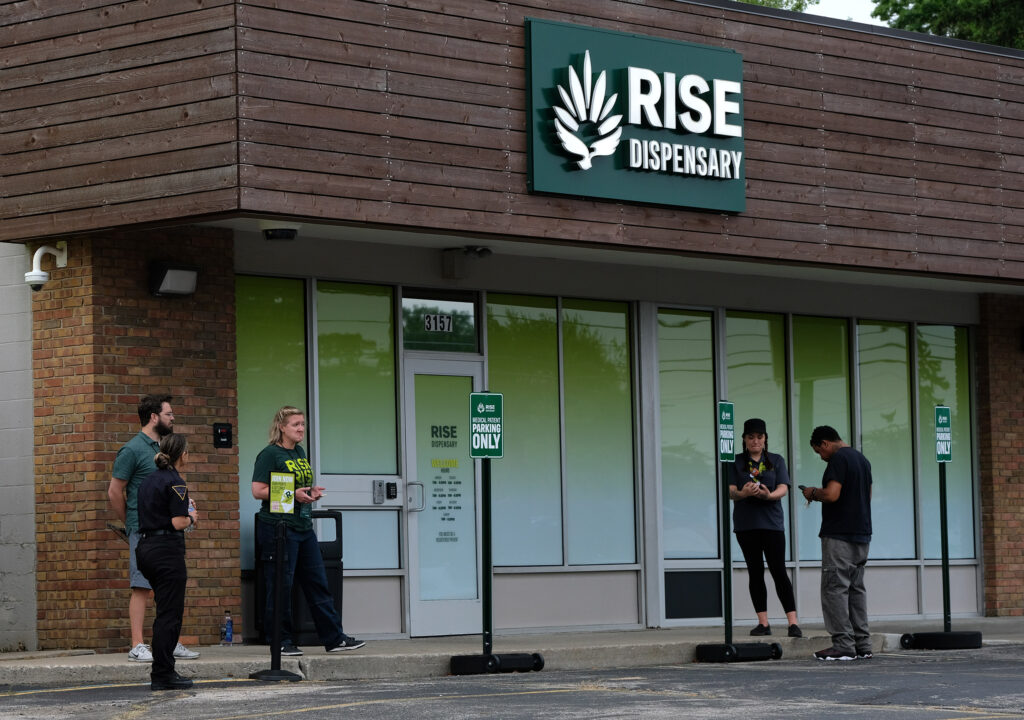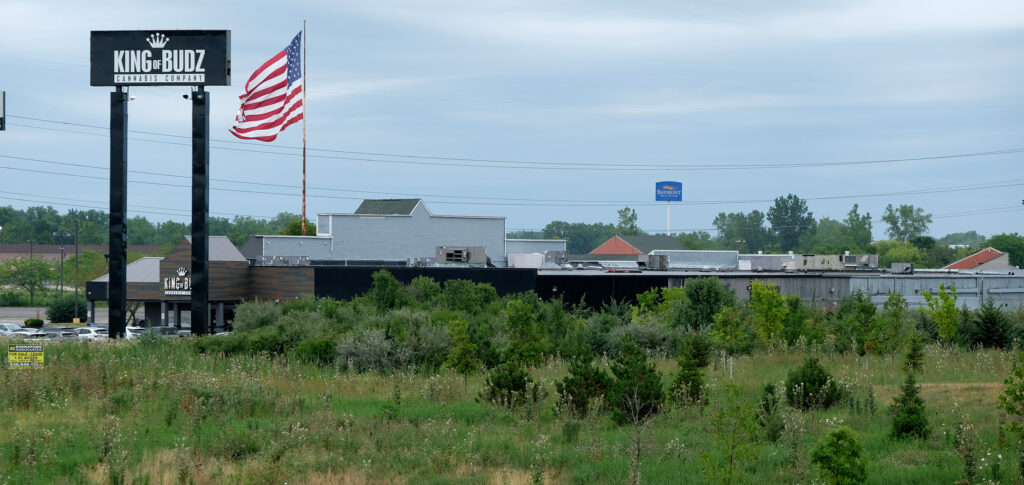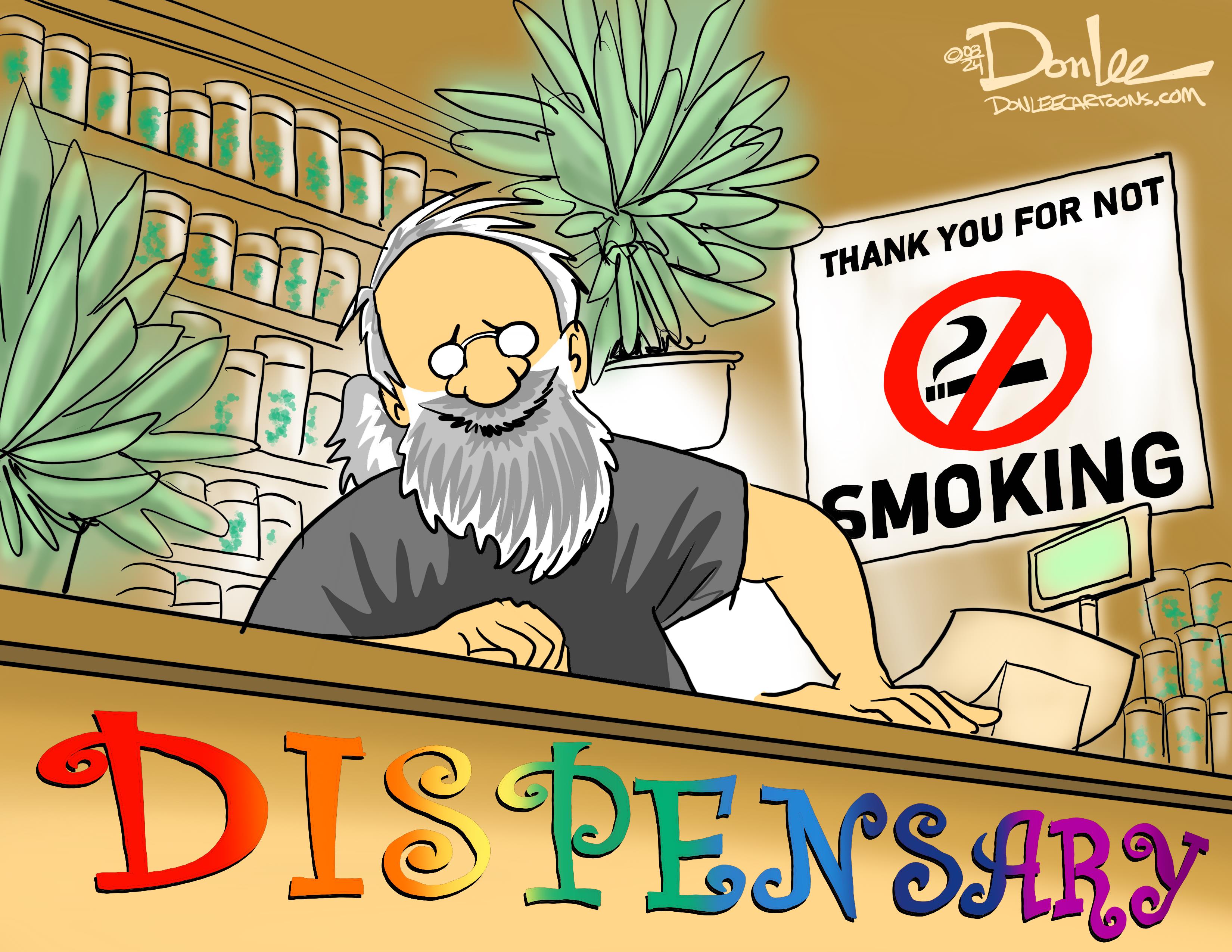Pollinator prairies take root for Sacred Grounds Toledo program
SWANTON – The original motivation for installing a pollinator prairie at Faith Lutheran Church was simply to mow less.
When the congregation moved a little more than half a mile down the road four years ago, their new church home came with a huge increase in acreage, as well as square footage. The old building on the corner of Dodge and Walnut streets in the village of Swanton occupied about a third of an acre, while the new property sits on about five acres.
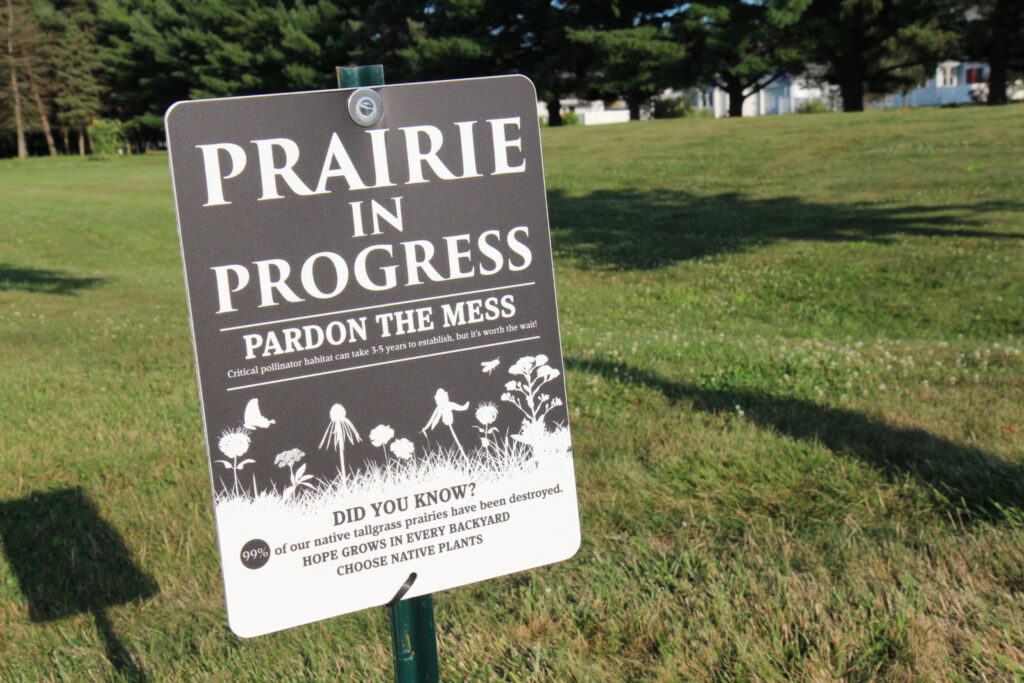
Zack Wertz, a lay leader with a background in natural resources, helped his congregation come up with the plan to transform about one fifth of that land into a native plant prairie and community garden. The first seeds were planted three years ago.
Since then, the pollinator prairie and community garden have grown to become a model for Sacred Grounds Toledo, a National Wildlife Federation program that recognizes houses of worship that create wildlife habitat and link faith practices with caring for the environment.
Wertz seeded the prairie with a blend from the Ohio Beekeepers Association that he combined with several types of grasses, choosing the mix for its high concentration of wildflowers. He says he wanted the prairie to be as bright and showy as possible to appease the concerns of anyone who may have worried about the less manicured appearance of the landscape.
The results have exceeded his expectations, with new blooms appearing each year. Plants include milkweeds, partridge pea, purple coneflower, black-eyed Susan and coreopsis. In the mornings “you can sit out there and hear all the bees. The thing actually hums,” said Wertz.
A growing movement
Wertz and his wife, Laura Wertz, welcomed visitors and shared their congregation’s prairie story Aug. 7 during a tour organized by Sacred Grounds Toledo. In addition to Faith Lutheran, the tour included stops to view a new prairie at Community of Christ Lutheran Church in Whitehouse and the cultivation fields of the Blue Creek Seed Nursery of Metroparks Toledo.
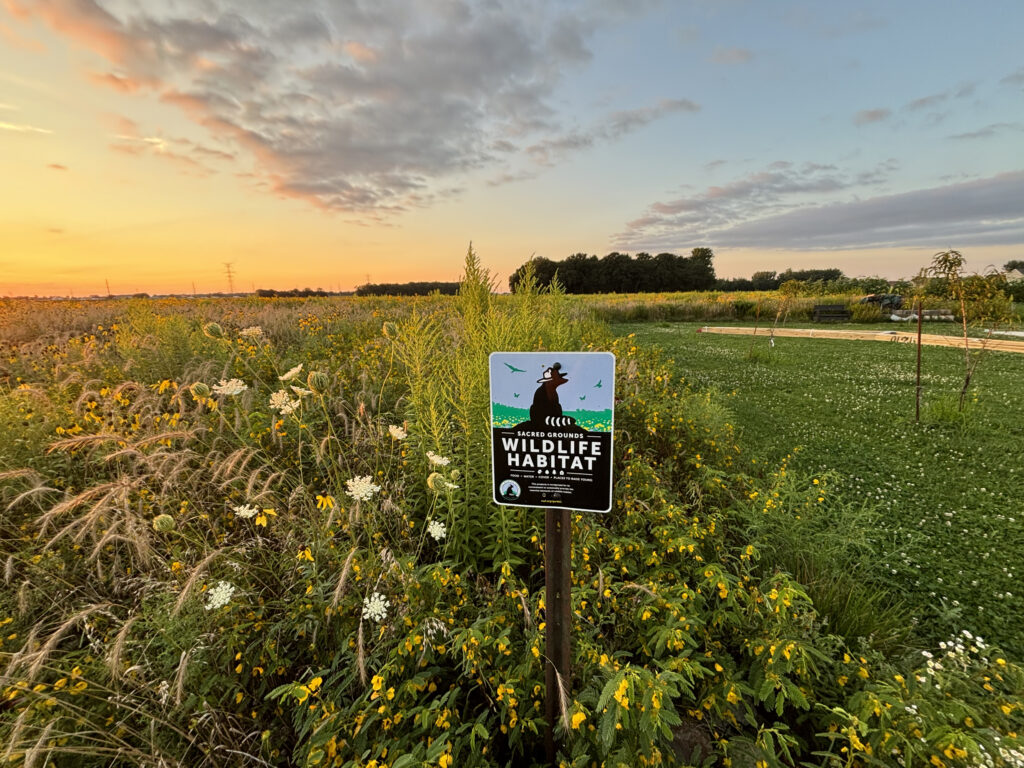

“What we hope to accomplish with this tour is to show people what’s possible in their faith community, in their own yard, and know that they don’t have to go it alone,” says Marilyn DuFour, a senior environmental specialist with the City of Toledo’s Division of Environmental Services.
DuFour brought the National Wildlife Federation program to Toledo with the help of Hal Mann, of the Oak Openings Region Chapter of Wild Ones, a nonprofit that promotes the benefits of growing native plants. They were inspired by a segment of Catherine Zimmerman’s documentary, Hometown Habitat, which featured the Sacred Grounds program in the Chesapeake Bay area.
Sacred Grounds Toledo is run under the umbrella of the Toledo-Lucas County Rain Garden Initiative with support from many local environmental organizations.
Houses of worship make a perfect partner in the native plant movement for a several reasons. “They usually have a lot of ground that they’re not using,” said Mann. “And it turns out that every faith tradition that I’m aware of has a core belief that we have to take care of the Earth.”
Sacred Grounds Toledo began in 2017 with five sites in northwest Ohio and has grown to include more 30 faith communities, including Christian, Jewish, Muslim and Buddhist. Gardens are located in both rural and urban settings, with some congregations adapting existing garden beds and others installing new ones.
“There’s no size stipulation. It’s really about providing habitat or stormwater management,” says DuFour.
Plants that are native to the region support pollinators such as bees and butterflies, improve water quality and create wildlife habitat, among other environmental benefits.
“Through the faith community lens, it’s all about stewardship of God’s creation and caring for God’s creation,” says DuFour. “But all of us who work in the environmental sciences know that there’s a lot of good that happens ecologically.”
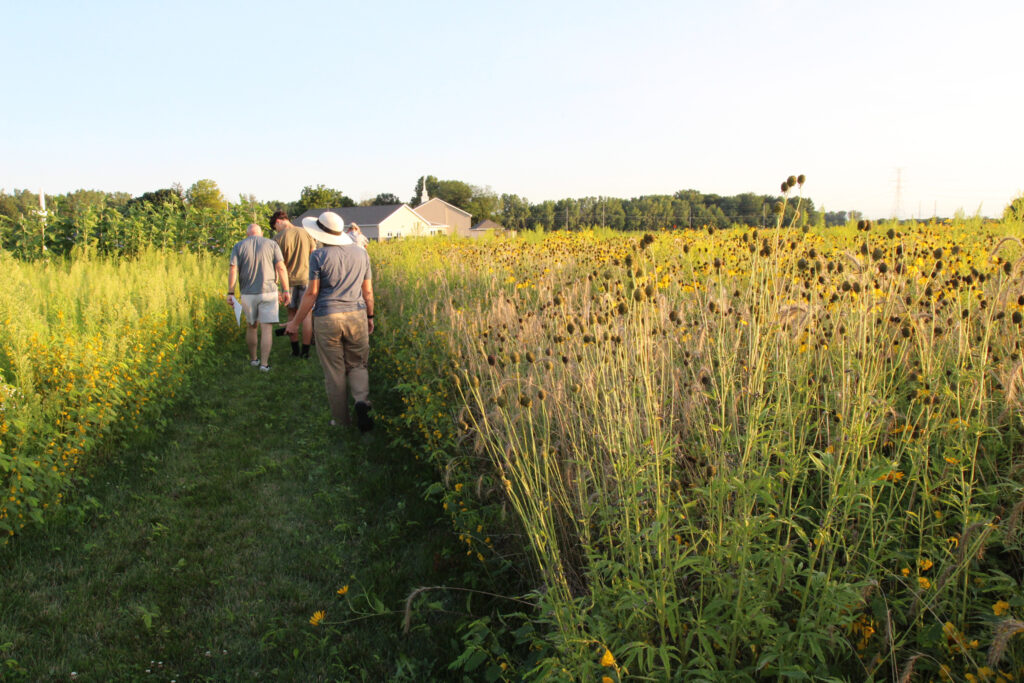

At Faith Lutheran, pastor Dalton Rosa-Ruggieri says the congregation has responded well to the prairie as “a beautiful part of God’s creation.” Many visitors have also come from other churches and organizations to learn from their example.
Adjacent to the prairie is a community vegetable garden that provides fresh food for Salem Lutheran Church in North Toledo. The church has incorporated this natural backdrop into worship by holding services outside during the warmer months. An outdoor pavilion is under construction this summer, and an asphalt path connecting it to the parking lot was added to improve accessibility.
“It’s a pretty important part of who we are at the church here,” said Rosa-Ruggieri. “This is a good way to steward the creation that we’ve been tasked with, to return back to maybe a more natural state, to encourage the pieces of creation that God put here to start with.”
